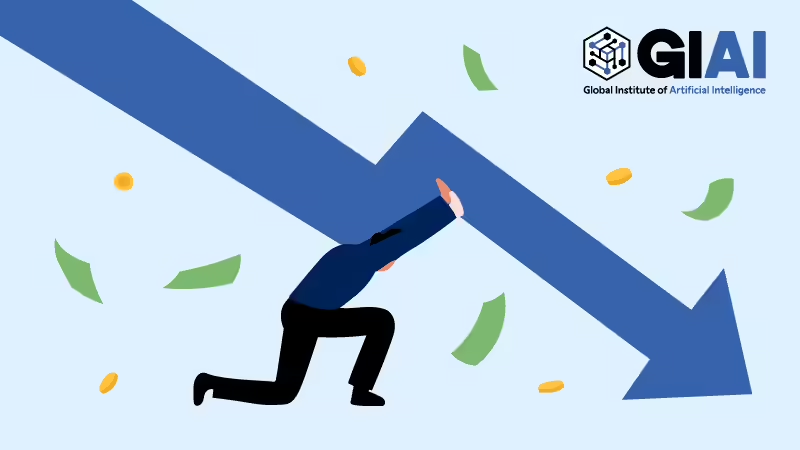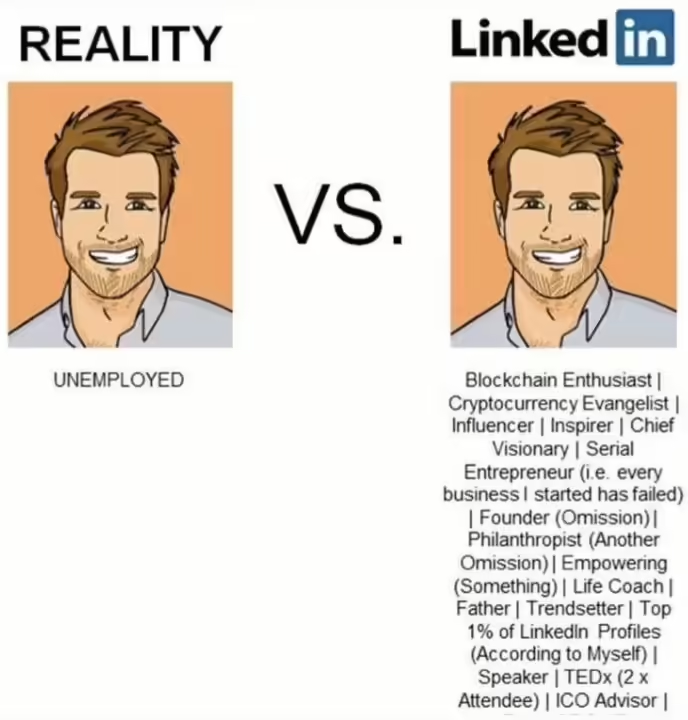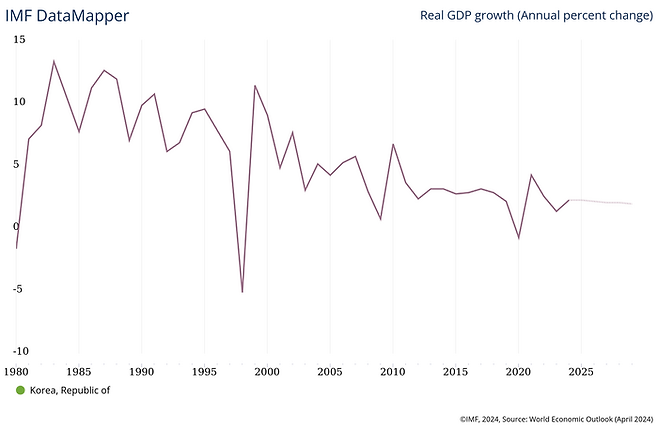Why is STEM so hard? why high dropOut?
STEM majors are known for high dropouts
Students need to have more information before jumping into STEM
Admission exam and tiered education can work, if designed right
Over the years of study and teaching in the fields of STEM(Science, Technology, Engineering, and Mathematics), it is not uncommon to see students disappearing from the program. They often are found in a different program, or sometimes they just leave the school. There isn’t commonly shared number of dropout rate across the countries, universities, and specific STEM disciplines, but it has been witnessed that there is a general tendancy that more difficult course materials drive more students out. Math and Physics usually lose the most students, and graduate schools lose way more students than undergraduate programs.

At the onset of SIAI, though there has been growing concerns that we should set admission bar high, we have come to agree with the idea that we should give chances to students. Unlike other universities with somewhat strict quota assigned to each program, due to size of classrooms, number of professors, and etc., since we provide everything online, we thought we are limitless, or at least we can extend the limit.
After years of teaching, we come to agree on the fact that rarely students are ready to study STEM topics. Most students have been exposed to wrong education in college, or even in high school. We had to brainwash them to find the right track in using math and statistics for scientific studies. Many students are not that determined, neither. They give up in the middle of the study.
With stacked experience, we can now argue that the high dropout rate in STEM fields can be attributed to a variety of factors, and it’s not solely due to either a high number of unqualified students or the difficulty of the classes. Here are some key factors that can contribute to the high dropout rate in STEM fields:
- High Difficulty of Classes: STEM subjects are often challenging and require strong analytical and problem-solving skills. The rigor of STEM coursework can be a significant factor in why some students may struggle or ultimately decide to drop out.
- Lack of Preparation: Some students may enter STEM programs without sufficient preparation in foundational subjects like math and science. This lack of preparation can make it difficult for students to keep up with the coursework and may lead to dropout.
- Lack of Support: Students in STEM fields may face a lack of support, such as inadequate mentoring, tutoring, or academic advising. Without the necessary support systems in place, students may feel isolated or overwhelmed, contributing to higher dropout rates.
- Perceived Lack of Relevance or Interest: Some students may find that the material covered in STEM classes does not align with their interests or career goals. This lack of perceived relevance can lead to disengagement and ultimately dropout.
- Diversity and Inclusion Issues: STEM fields have historically struggled with diversity and inclusion. Students from underrepresented groups may face additional barriers, such as lack of role models, stereotype threat, or feelings of isolation, which can contribute to higher dropout rates.
- Workload and Stress: The demanding workload and high levels of stress associated with STEM programs can also be factors that lead students to drop out. Balancing coursework, research, and other commitments can be overwhelming for some students.
- Career Prospects and Job Satisfaction: Some students may become disillusioned with the career prospects in STEM fields or may find that the actual work does not align with their expectations, leading them to reconsider their career path and potentially drop out.
It’s important to note that the reasons for high dropout rates in STEM fields are multifaceted and can vary among individuals and institutions. Addressing these challenges requires a holistic approach that includes providing academic support, fostering a sense of belonging, promoting diversity and inclusion, and helping students explore their interests and career goals within STEM fields.

Not just for the gifted bright kids
Given what we have witnessed so far, at SIAI, we have changed our admission policy quite dramatically. The most important of all changes is that we have admission exams and courses for exams.
Although it sounds a little paradoxical that students come to the program to study for exam, not vice versa, we come to an understanding that our customized exam can greatly help us to find true potentials of each student. The only problem of the admission exam is that the exam mostly knocks off students by the front. We thus offer classes to help students to be prepared.
This is actually a beauty of online education. We are not bounded to location and time. Students can go over the prep materials at their own schedule.
So far, we are content with this option because of following reasons:
- Self-motivation: The exams are designed in a way that only dedicated students can pass. They have to do, re-do, and re-do the earlier exams multiple times, but if they do not have self-motivation, they skip the study, and they fail. The online education unfortunately cannot give you detailed mental care day by day. Students have to be matured in this regard.
- Meaure preparation level: Hardly a student from any major, be it a top schools’ STEM, we find them not prepared enough to follow mathematical intuitions thrown in classes. We designed the admission exam one-level below their desired study, so if they fail, that means they are not even ready to do the lower level studies.
- Introduction to challenge: Students indeed are aware of challenges ahead of them, but the depth is often shallow. 1~2 courses below the real challenge so far consistently helped us to convince students that they need loads of work to do, if they want to survice.
Selfdom there are well-prepared students. The gifted ones will likely be awarded with scholarships and other activities in and around the school. But most other students are not, and that is why there is a school. It is just that, given the high dropout in STEM, it is the school’s job to give out right information and pick the right student.






